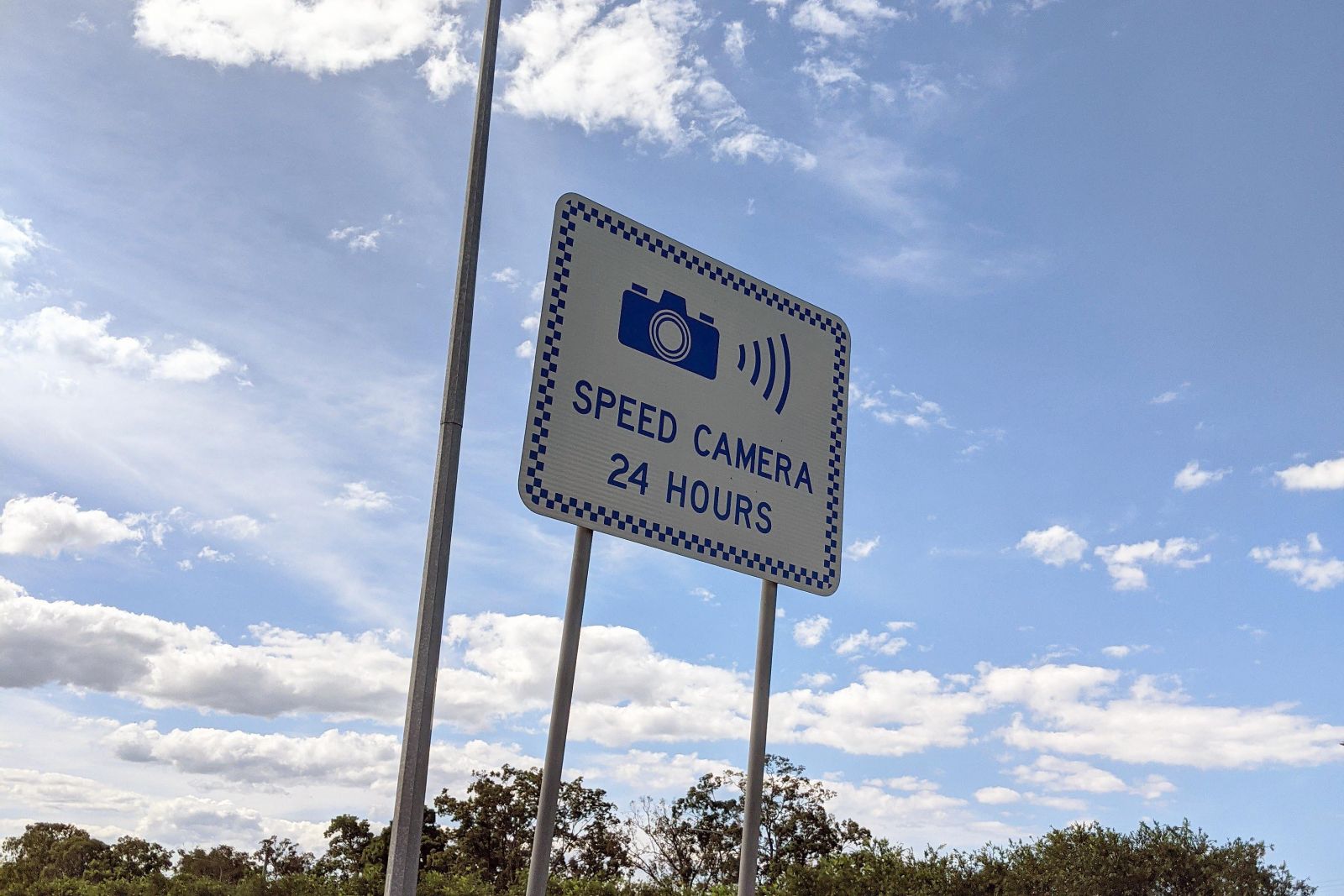Australia’s road toll is climbing despite the fleet of ever-safer cars on our roads. The peak body for each state-based motoring club wants better government data to get to the bottom of why.
The Australian Automobile Association (AAA) says there’s a “compelling case” for a better database of crash statistics, so stakeholders get a clearer view of which road policies are failing.
The latest federal government figures show the road toll climbed 3.9 per cent over the 12 months to the end of February 2023, with 1187 people tragically killed.
Meanwhile the full-year road toll figure of 1193 deaths in 2022 was the worst result since 2017, when 1222 people lost their lives on Australian roads.
AAA Managing Director Michael Bradley said governments should make public all data that can shed light on the causes, rather than just the topline road toll figure.
“We know deaths are continuing to rise, but we have no national data regarding serious injuries, road quality, crash causes, or details regarding the people and cars involved,” Mr Bradley contended.
“It is not enough to know how many people were killed in road crashes – we also need to know how they were killed, and how to prevent these deaths in the future”.
In fact the AAA’s 2023-24 Budget submission suggests federal road funding to states and territories be dished out contingent on greater transparency of state-held road crash data, “so motorists and taxpayers can judge what is going wrong”.
The AAA says such relevant data include the safety assessment of road infrastructure; casualty crash details including crash type, location and conditions, vehicle details, road user details and behavioural factors; as well as enforcement and compliance data.
“It makes no sense for governments to be setting targets on road safety but not releasing relevant data about what is working and, more importantly, what isn’t working,” Mr Bradley added, while furthering his ongoing calls for road funding reform.
One key part of this is the long-running proposal to re-invest all fuel excise revenue into land transport, with the AAA contending that the current ratio sits at less than 60 per cent.
Department of Infrastructure figures show that 1187 people were killed on Australian roads between February 2022 and February 2023.
47.3 per cent of those killed were the driver, 15.4 per cent the passenger, 13.3 per cent were pedestrians, nearly 20 per cent were motorcyclists, and 3.4 per cent were cyclists.
The worst-affected age demographic was the 40-64 year old group, with 376 deaths over the period representing around 32 per cent of the overall road toll. A further 492 (41 per cent) came from the 17 to 25, and 26 to 39 year old age groups, combined.
The gender split is stark, with 870 of the 1186 fatalities male, and while most Australia reside in cities, the regional road toll is far higher ( 776 fatalities to 417 for calendar year 2022).



